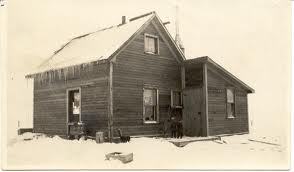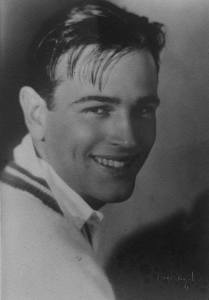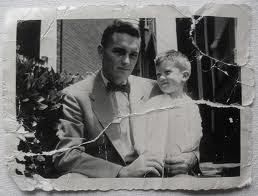 Here are three quotes from each short story; I will choose two quotes out of the three. You are to answer in point form, giving as many facts and reference points as possible. What does the quote show about the speaker or the person spoken about? Does it reference the theme or another quote from the story? Does it show the relationship between two characters? The nature/attitude/behaviour/motivation of a character? Is there a literary term present in the quote? Irony? Symbolism? Give as much information as possible. You should create a study sheet for each of these quotes. Do exactly what we did in class with the examples I gave you. This section of the test is worth 50 marks!!
Here are three quotes from each short story; I will choose two quotes out of the three. You are to answer in point form, giving as many facts and reference points as possible. What does the quote show about the speaker or the person spoken about? Does it reference the theme or another quote from the story? Does it show the relationship between two characters? The nature/attitude/behaviour/motivation of a character? Is there a literary term present in the quote? Irony? Symbolism? Give as much information as possible. You should create a study sheet for each of these quotes. Do exactly what we did in class with the examples I gave you. This section of the test is worth 50 marks!!
” No, no,” he said.”You spank me every time I do that, won’t you Dad? … spank me, Dad. “
I thought of him playing ball with the other children. At first they’d go along with the outlandish variations he’d introduce into the game, because it was his equipment, then, somehow, they’d be playing with the bat and glove and he’d be out of it, watching.
I’d get the awful feeling then that we were both lost. That whatever I’d done wrong had not only failed, but that he’d never know I’d been trying to do it right for him. Worse still, that his mind was rocked by some blind contradiction he’d never understand himself.
” Those letters! If they were alive, I would kill them one by one.They were shameful to read– almost like a book. … So today, at last I did it. I waited till the regular time and, when I saw the wretch appear on the other side of the street, I went into the house, hid behind a door, and lay there waiting for him. “
In all justice to him, he did not tempt fate by marrying a beauty. Instead, he married a poor, emaciated girl who worked in a men’s clothing factory. By her face one would have thought that she had consumption so our friend felt safe.
Like a boy who discovers a bird’s nest and, hiding nearby, watches the eggs increasing in number every day, so the husband, using a duplicate key to the wood chest where his wife put her valuables, watched the increase in the number of letters concealed there. He had given her the chest during their honeymoon, saying, “Keep your secrets here.” And the ungrateful girl had obeyed him.
A point of brownish-red was poking through. He flicked at it with his finger. A little more red showed. He dug deeper. It was cloth. He grabbed it and pulled out a red plaid flannel shirt, much like Roy’s.
The rubble he saw before him was more than just the detritus of the Yellowknife dump — it was the rubble of his future. Wifeless. Homeless. Hopeless.
It was midnight when Norman wandered over to the tent, now protected with the freshly patched orange tarp. His van was gone, and several boxes of his possessions were sitting outside the tent. She hadn’t left a note. Norman sighed and crawled into the rickety tent. It swayed slightly but remained upright. He slept soundly for the first time in months.
By dint of his drudgery he saved a few months’ wages, added a few dollars more each fall to his payments on the mortgage; but the only real difference that it all made was to deprive her of his companionship. to make him a little duller, older, uglier than he might otherwise have been. He never saw their lives objectively. To him it was not what he actually accomplished by means of the sacrifice that mattered, but the sacrifice itself, the gesture– something done for her sake.
It was later, when they had left her a while to be alone with him, that she knelt and touched his hand. Her eyes dimmed, still it was such a strong and patient hand; then, transfixed, they suddenly grew wide and clear. On the palm, white even against its frozen whiteness, was a little smear of paint.
She began to think about it now. Thoughts that outstripped her words, that left her alone again with herself and the ever-lurking silence. Eager and hopeful first; then clenched, rebellious, lonely.
Aging temp, run, run, running, uptown, downtown, all for $7.45 an hour and a few daydreams.
What she really means is that there is a massive speed-up campaign going on. The point is not so much to lay people off as to make the remaining ones do twice as much work. They’ve got children, some have husbands and mortgages, and they all have to eat.
I will tell the temp agency I will never work here again. … So when you stand there waiting for the elevator, and the other people are waiting for the elevator, they all smile at each other. Then when people get on the elevator, they all smile at the people already on the elevator and the people already on the elevator smile at the people getting on at each floor. All the time.











